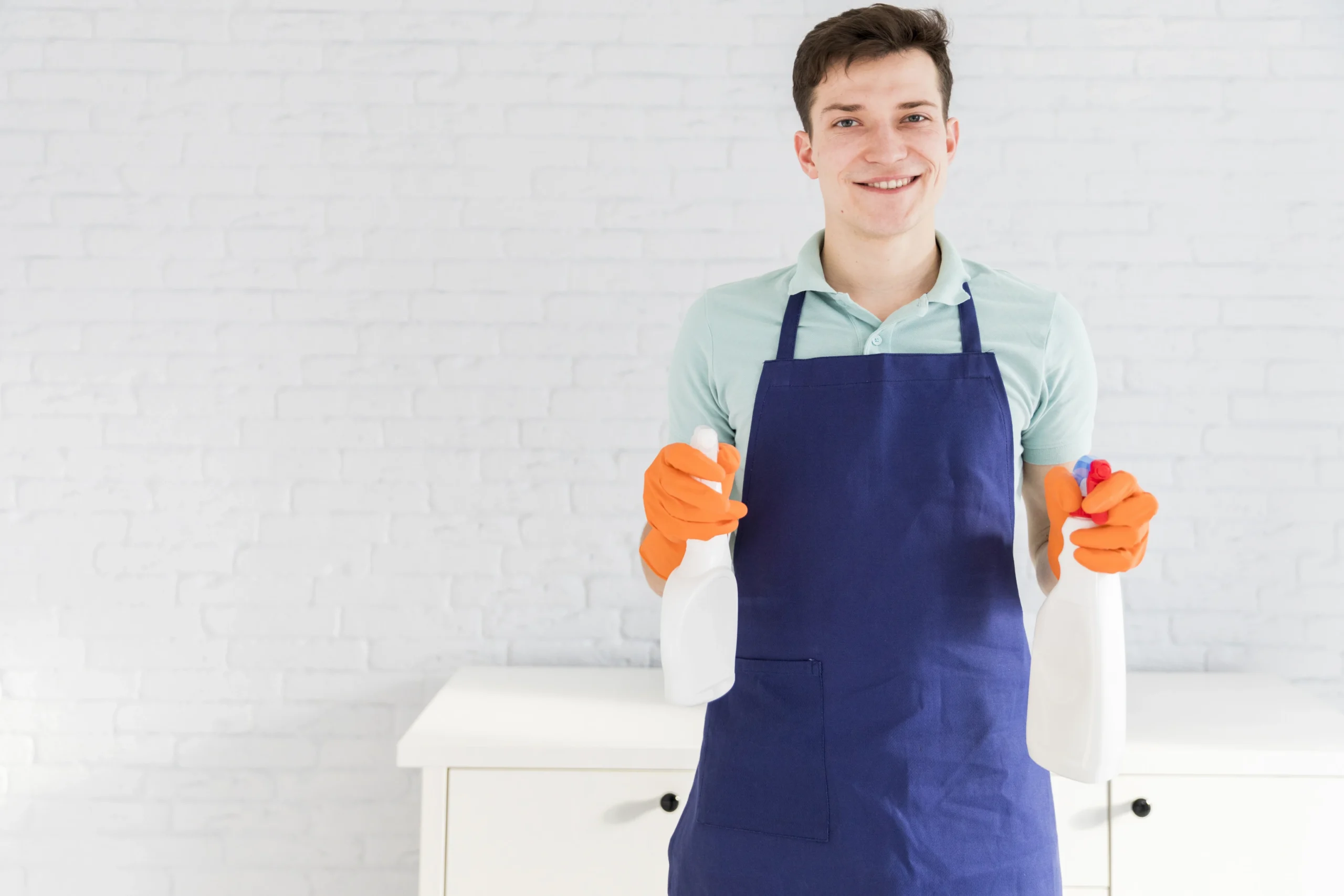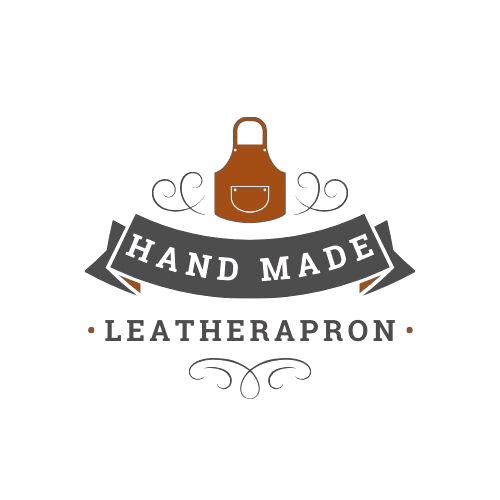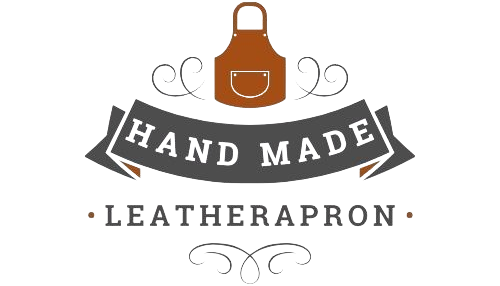Keeping Your Apron Clean | 5 Handy Tips!

More than just protection, a premium handcrafted leather apron is a reliable companion that gets more unique with each spatter, stain, and swipe. Longevity, aesthetic appeal, and hygienic use are guaranteed with proper leather upkeep. These five crucial pointers will help you become an expert at maintaining a polished and clean leather apron, based on professional leather-care techniques and apron-maintenance best practices.
1. Quick Wipe‑Down After Use
After every activity, be it cooking, grilling, crafting, or working, a quick wipe-down is the simplest and most efficient maintenance procedure. Dust, food particles, or oil can be gently removed with a lint-free cloth or a soft, moist microfiber. To stop blemishes from spreading and moisture from being pushed deeper, do not scrub too hard. The key to reducing water stains and markings is damp, not soaking. In accordance with spot-cleaning recommendations, this regimen minimizes accumulation and maintains natural oils.
2. Treat Tough Stains with Care
It’s critical to get rid of tenacious oil, sauces, or BBQ dripping right away. Apply saddle soap or a pH-neutral leather cleanser to a soft cloth and work gently in circular motions from the outer border to the center. Alcohol and household detergents can dry out or crack leather, so stay away from them. To get rid of residues, wipe with a clean, fresh towel after cleaning. By addressing stains quickly, you may maintain the integrity of the leather fibers and stop them from penetrating deeply.
3. Condition or Grease Every 3–4 Months
Regular conditioning is beneficial for leather because it is permeable. Apply a thin, even layer of natural leather grease, wax, or a high-quality conditioner (such as white shoe polish), allow it to absorb for about fifteen minutes, and then buff away any excess. Restoring elasticity, stain resistance, and a deep patina are all benefits of conditioning. Monthly application is best for people who use aprons frequently. When done carefully, over-conditioning is safe; just be sure to wipe off any excess to prevent sticky areas.
4. Air‑Dry Naturally After Exposure to Moisture
Heat should never be used to dry leather. Always air-dry your apron flat or hang it on a broad wooden hanger at room temperature (about 65 to 75 degrees Fahrenheit) if it gets wet from rain, cooking steam, or cleaning spray. Lack of airflow can result in mold growth, while heaters and direct sunshine can cause leather to shrink or break. Fibers are guaranteed to retain their structure and rehydrate uniformly after a full 24-hour air-dry cycle.
5. Store Properly to Avoid Creases & Mold
Your apron needs space to breathe. Don’t keep it in a plastic container. Instead, use a broad hanger (ideally wooden or cushioned) to hang it in a cool, dry, shady closet to prevent folding lines and promote ventilation. Folding leather could result in permanent creases; it needs natural suppleness. Every week, check and gently adjust daily-use aprons to identify early wear problems like loose stitching or stretched straps.
Bonus Pro Tips
- Before applying any product on leather, test it: To check for color changes, try applying cleaners or conditioners to a discrete area.
- Cornstarch for oil stains: Apply cornstarch to oil stains, let it sit for ten minutes, brush it off, and then use a moist towel to clean.
- Mesh bag for fabric aprons: Based on a suggestion from Bon Appétit, wash cotton or canvas aprons with strings in a garment bag to avoid tangling.
- Rotate aprons: To increase longevity in demanding settings like barbecue evenings or workshop days, alternate between two aprons.
Why This Matters (Leather Apron Benefits)
- Patina & Style: Leather only gets better with use; moderate maintenance brings out its weathered, worn-out appearance.
- Durability: Proper upkeep prevents premature aging, discoloration, and cracking.
- Hygiene: Frequent cleaning keeps germs and mildew at bay, which is essential in kitchens and workshops.
- Cost‑Efficiency: When compared to frequent replacements, a well-maintained leather apron can last for decades.
Quick-Tip Summary
| Task | Frequency | Method |
| Wipe-down | After each use | Damp microfiber cloth, gentle blotting |
| Spot cleaning | As needed | Mild leather cleaner, circular motion |
| Conditioning | 3–4 months (or monthly heavy use) | Leather grease or conditioner |
| Drying | After any wetting | Air-dry, room temp, away from heat |
| Storage | After dry & weekly checks | Wide hanger, shaded, ventilated area |
In Summary
Consider your leather apron an investment for the future. All it takes to maintain its appearance, functionality, and lifespan is a mild care regimen: wipe, clean, condition, dry, and store. Your apron will continue to protect you effectively and look better with each usage if you follow these five simple tips.

